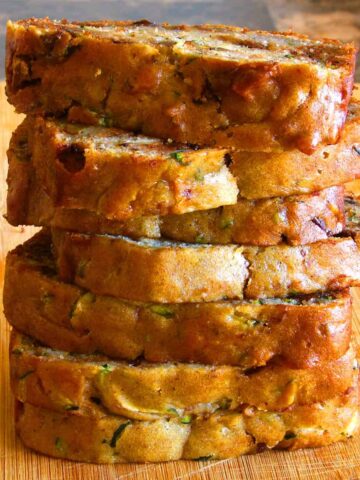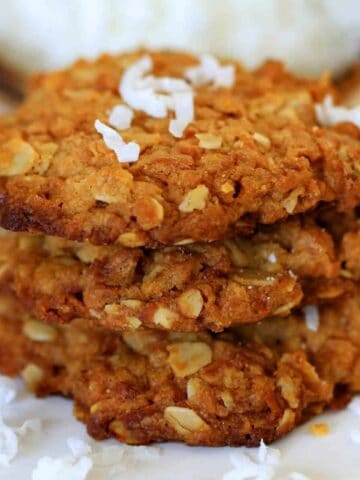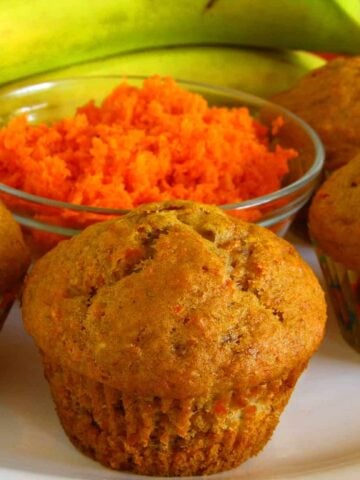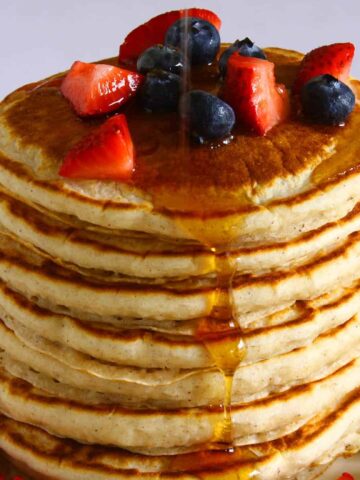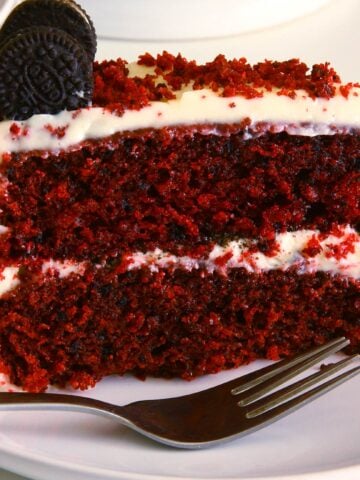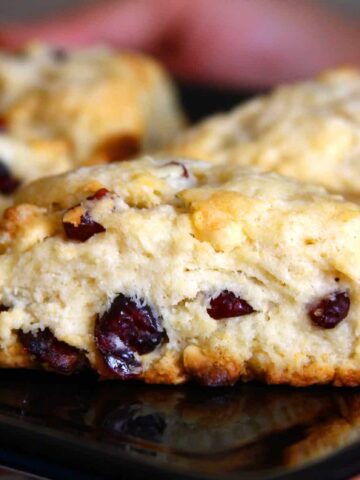All-purpose Flour
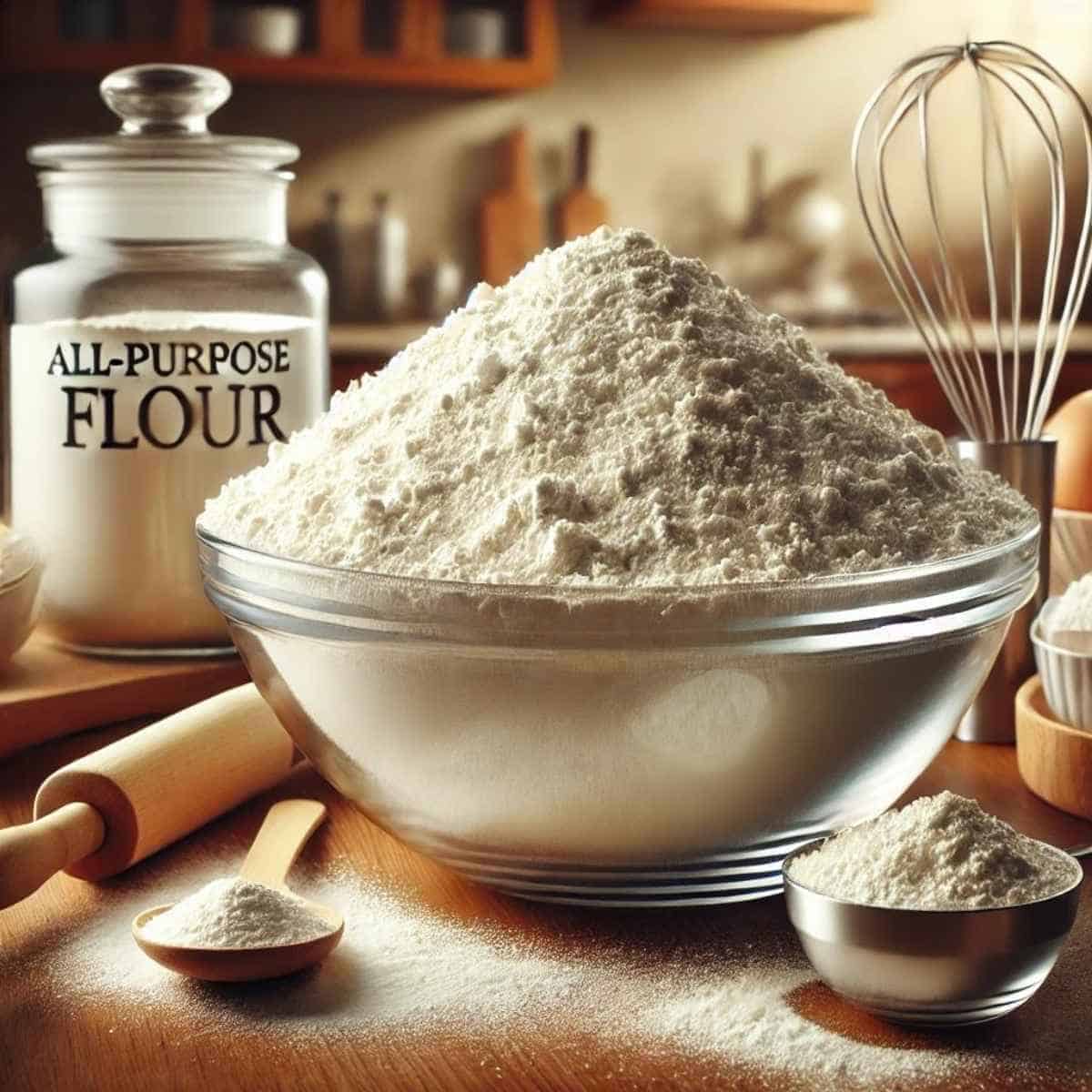
All-purpose Flour Names
White flour, plain flour (in Europe) and maida (in India). All purpose flour should not to be confused with bread flour, cake flour, pastry flour or self-rising flour. Although all these flours are derived from wheat and can be used for baking, each of these flours have specific qualities making them suitable for certain types of baked goods only and hence careful consideration of all these aspects is required if you decide to substitute one for the other.
Sources
Made from the endosperm of hard winter wheat (high-gluten content) or soft wheat (low-gluten content) or a combination of both. Depending on the type of wheat used, the gluten/protein content of all purpose flour ranges from 8%-13%. But in general the gluten content of all purpose flour is about 10% and for cake flour it is about 7%.
How is it made?
Whole wheat or any other whole grain for that matter has three parts. The outermost layer called the bran (rich in fiber), the middle layer is the oil containing germ (protein part) and the innermost layer is called the endosperm, which is the starchy part of the grain. All purpose flour is made by stripping away the bran and germ and milling the endosperm into finely ground flour. Whole wheat flour or any other whole grain flour is made from the entire grain containing all the three layers; bran, germ and endosperm.
Types of All-Purpose Flour
Unbleached and bleached. Unbleached simply means that the flour has not undergone the process of bleaching and hence will not have the pure white color. Chemical bleaching/whitening agents or atmospheric oxygen is used to bleach all purpose flour and hence such flour is also called refined flour. Maida, cake flour are examples of bleached flour.
Enriched flour is all purpose flour which is enriched with some of the nutrients which are lost during the process of milling the flour. In US and Canada it is mandatory to fortify the white flour with thiamine, riboflavin, niacin, folic acid and iron in the amounts required by the regulations of the respective Governments. It’s important to note that even though all purpose flour is enriched it does not have all the nutritional benefits of whole wheat flour.
Maida
Maida can be used in recipes that call for all purpose flour. The technical difference is that maida is not enriched like it’s US/Canadian counterpart and I personally feel that maida is super fine than all purpose flour, making it even a better substitute for cake flour.
All-Purpose Flour Recipes
-
The Easiest Sugar Cookies Recipe Ever!
-
Banana Chocolate Chip Zucchini Bread
-
Oatmeal Coconut Cookies
-
Vegan Banana Carrot Muffins
-
Easy Eggless Red Velvet Cupcakes (One Bowl)
-
Best Ever Eggless Chocolate Chip Cookies
-
The BEST Eggless Pancakes Ever!
-
Decadent Banana Nutella Muffins
-
Red Velvet Oreo Cake using Aquafaba
-
Cranberry Scones
-
Eggless Double Chocolate Banana Muffins
-
Ranger Cookies with Aquafaba


